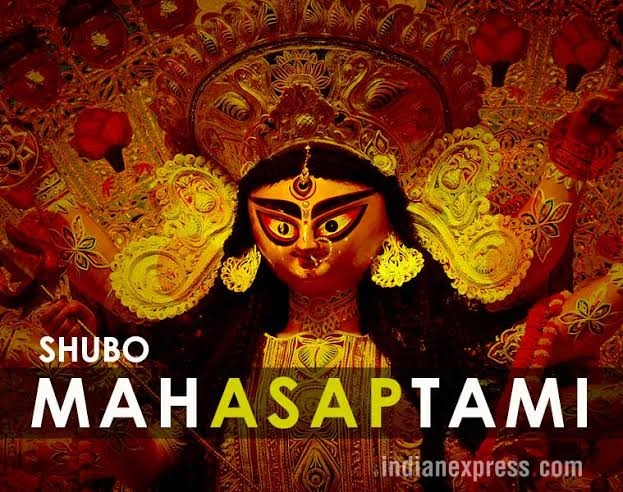
CHACHI vs CUTEY 11.12
CONFUSED SOULS 12.12
🏏South Africa tour of India 2025: India vs SA - 2nd T20I🏏
Mannat Har Khushi Paane Ki: Episode Discussion Thread - 35
Is Yrkkh in trouble?
Hrithik ‘praises’ Dhurandhar but he also disagrees with its politics
Film Critics Guild issues statement
Happy Birthday champion: Gaurav Khanna
Who is the most hated character
I hope pari sudhar nahi gayi ho!
Critic Roshan is back with another review of Dharundhar!!
Saahil & Pooja Set To Return!!
15 years of Ranveer Singh
Industry support for Dhurandhar (a compilation)
Paresh Rawal deletes his distasteful tweet on Anupama Chopra
Akshaye Khanna is the highest grossing actor of 2025!!!
How convenient

My commiserations on the unsolicited Sanskrit lectures by Professor Binns.
Let’s celebrate the spirit of the festival 🥳 Thank you for this wonderful thread, organisers. I am getting to learn a lot here ❤️
If we go deeply into the religious discourses of several scholars and intellectuals on Bhagavad Gita, there are various interpretations and various features, since there are about 300 English translations of the Bhagavad Gita, so, there are many important differences among them!Originally posted by: BrhannadaArmour
We are on a tangent to the topic now, but since I have been exhorted to counteract misspellings all over the internet singlehandedly, I will offer you this much.
There is no such word as karmaṇye or karmaya. The first word of the verse is कर्मणि = karmaṇi = in action, the locative declension of कर्मन् = karman = action, antonym of अकर्मणि = akarmaṇi = in inaction, the last word of the same verse. The sentence being कर्मणि + एव + अधिकारः + ते = karmaṇi + eva + adhikāraḥ + te, it should never be written कर्मण्ये वाधिकारस्ते = karmaṇye vādhikāraste because that splits the word eva.
By the way, when I wrote Karmaṇy ev'ādhikāro me, mā phaleṣu kadācana, it's an intentional adaptation of the quotation, not ignorance or a typo. I changed the second person singular genitive pronoun te to the first person singular genitive pronoun me, and changed the preceding saṃdhi accordingly, because I was accepting the advice for myself.
I think it's nice that you are studying Bhagavad-gītā, and wish you success.
And as Shankaracharya cautioned: Even quite learned people don’t know the right spiritual meaning of so many words now in popular use from the Sanskrit.
Just because a translator is fluent in both English and Sanskrit, does not guarantee the accuracy of the syntax and translations of this highly respected Hindu Philosophical text.
First, a verse is given in the original Sanskrit Devanāgarī script. Then the same verse is shown in transliteration. That is followed by English dictionary definition for each Sanskrit word.
Every translator follows the same process, but no one is permitted to interpret it in accordance with his or her own preferences!
The premise of the problem you are raising is beyond my comprehension.
If this is only about the grammatical correctness of the Sanskrit verse in the question, no, it is not correct. It has been split incorrectly.
The proper form would be---
‘karmaṇyevādhikāraste mā phaleṣu kadācana'.
If individual words are to be split, it would be:
karmaṇi eva adhikāraḥ te mā phaleṣu kadācana.
Even kadācana can be split as kadā ca na (not at anytime), but it has been construed and used as a single word in Sanskrit for long.
That is as far as Sanskrit grammar is concerned.
If it is about the philosophical correctness of applying the statement to the situation mentioned in the question, then that would be a whole different story and I would not agree with it.
Reiterating that it is a festive celebration thread, let's focus on the positive vibes rather than fussing on the minutiae.
Sorry friends, for my long post😊, he asked and I've answered, let us greet each other with festive zest now.
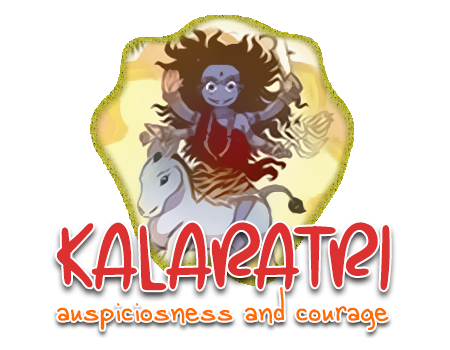
Oṃ Devī Kālarātryai Namaḥ
This seventh power of Maa Durga is considered to be Kalratri. She is first referenced in the Devi Mahatmya.
Kaalratri is traditionally worshipped during the nine nights of Navratri celebrations.The seventh day of Navratri pooja in particular is dedicated to her and she is considered the fiercest form of the Maa Durga, her appearance itself invoking fear. She is feared by all demons and evil spirits. She is known to have a very dark complexion and has long, untied hair. Maa Kaalratri is drenched in blood, wears a garland of skulls around her neck and has four hands. She holds a thunderbolt and a scimitar in two of her hands, while her other two hands are in the abhaya (protecting) and varada (blessing) positions.
When heaven was invaded by two demons called Shumbha and Nishumbha, Lord Indra and other gods sought Lord Shiva’s assistance in eliminating those demons. Later, Maa Parvati stood up and incarnated in the form of Goddess Ambika to defeat the cruel demons.
After defeating Shumbha and Nishumbha, Goddess Parvati appeared in the form of Maa Kaalratri to battle it out with Raktabija. Goddess Kaalratri killed the demon and swallowed his blood so that no more Raktabija could be produced.
Another legend claims that Devi Kaalratri was created by Goddess Chamunda (Kali). Kalraatri maa defeated the demons, Chanda and Munda, when she came riding on a donkey.
Invoking Goddess Kaalratri therefore empowers the devotee with the devouring quality of kala (time) and the all-consuming nature of ratri (night) - allowing all obstacles to be overcome and guaranteeing success in all undertakings. In summary, Kaalratri is the personification of the night of all-destroying time while also being known as Shubankari (शुभंकरी) - meaning auspicious/doing good in Sanskrit, due to the belief that she always provides auspicious results to her devotees. Hence, it is believed that she makes her devotees fearless.
Remember, you have time till Monday 09:00 PM IST to share some unknown facts! Send them to the CrazyCreatives account now!
WU: -RD-
Shubho Maha Ashtami 🙏🙏
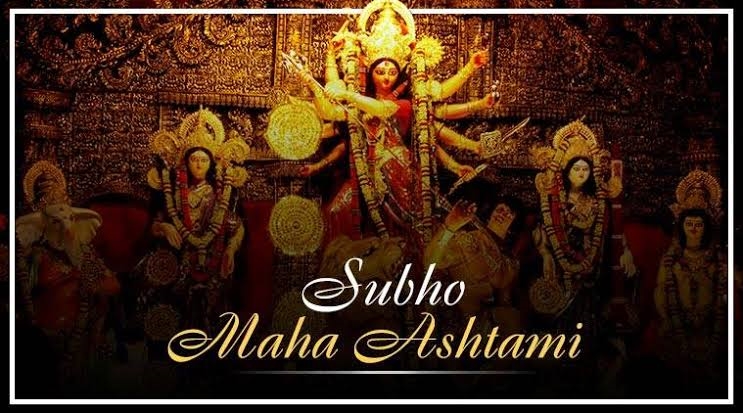
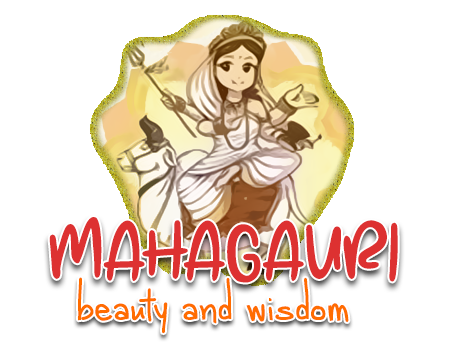
Om Devi Mahagauryai Namah
ॐ देवी महागौर्यै नम
Also known as Shwetambardhara and Goddess Shailputri (before she was sixteen), Goddess Mahagauri is worshipped on the eight day of Navaratri.
Her name is related to her special skin being incredibly fair and extremely beautiful. Goddess Mahagauri’s beauty is often compared with the conch, the moon and the white flower of Kunda. She always wears white clothes, reminding us of her ethereal beauty. Her most favourite flower is the night blooming jasmine.
Goddess Mahagauri can be depicted as what we nowadays say « beauty with brains ». In fact, it is believed that she governs the planet Rahu. Her physical appearance also shows some kind of strenght. She is mounted on a bull. She has four hands with one carrying Trishul, the other one in Abhaya Mundra, then Damaru and finally Varada Mudra.
Remember, you have time till Monday 10:00 PM IST to share some unknown facts! Send them to the CrazyCreatives account now!
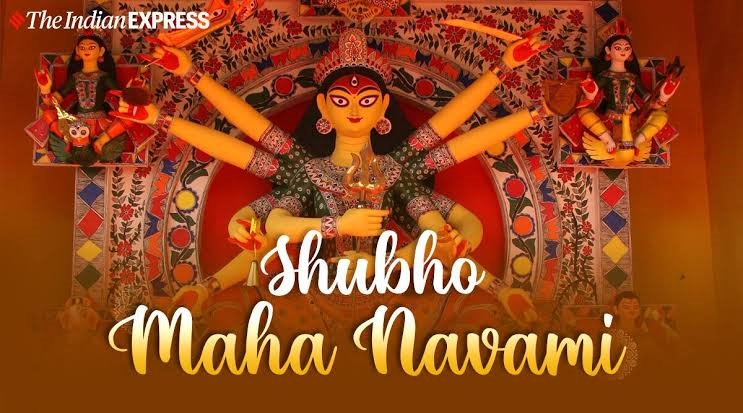
Sabhi ko Maha Navami ki dher saari shubhkamnaye 🤗⭐️
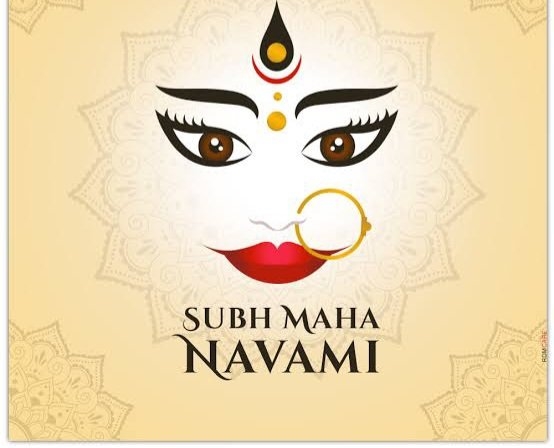
Wishing everyone a blessed Maha Navami. May Maa Durga give you the courage and ability to overcome all obstacles in life!
Happy Navratri to all!
In the words of Rathore This time it's time to celebrate Navratri...Shreya ishtyle (with lots of help!)...aka you get tortured while Shreya and...
This is where Round 2 of Nerdtastically Navratri will be played.
" At the stroke of the midnight hour, when the world sleeps, India will awake to life and freedom. " Pandit Nehru spoke these words in his...
Dussehra or Vijayadasami is the Hindu festival that marks the end of Sharad Navratri. The word Dussehra is derived from the Sanskrit words dasha...
14